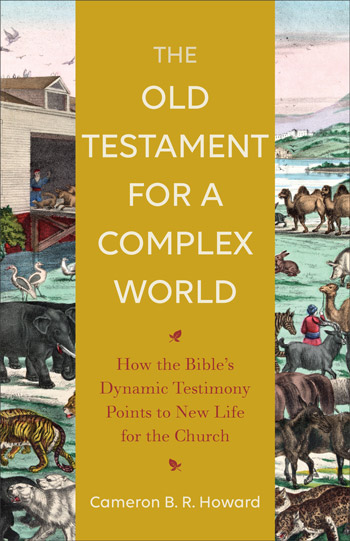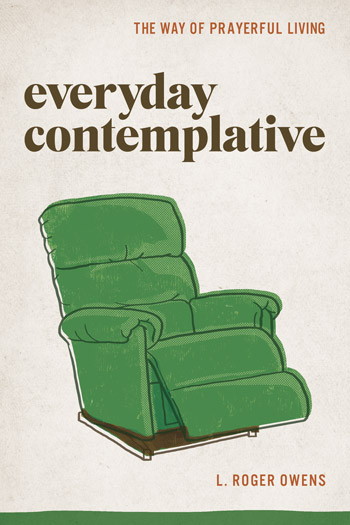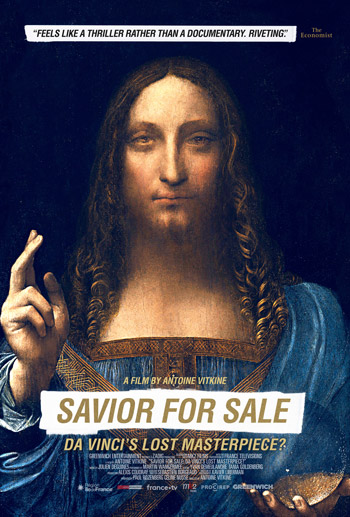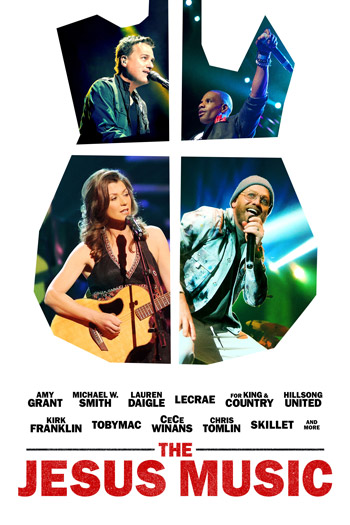Books

The Old Testament for a Complex Word:
How the Bible’s Dynamic Testimony Points to New Life for the Church
By Cameron B. R. Howard
Baker Academic, 2021
Despite all our modern trappings, Christians today have a surprising amount in common with figures in the Old Testament. In The Old Testament for a Complex Word: How the Bible’s Dynamic Testimony Points to New Life for the Church (Baker Academic, 2021), Cameron B. R. Howard writes that the Hebrew Bible texts were “developed in times of community turmoil, political unrest, and theological uncertainty.” In other words, they were written in times much like our own.
Howard, an associate professor of Old Testament at Luther Seminary, aims to persuade contemporary Christian readers to engage these scriptures and their “rough places” because they can “help us exercise new muscles for interpretation, ones that leave us strengthened to face the complexity of the life of faith in the midst of rapid change.” She says that these texts provide inspiration, if not exactly a roadmap, for tackling questions about how to tell our stories, where to find God, how to engage with other cultures, and how to understand and work through change. “In the midst of [their] unsettled contexts, the writers of the Old Testament innovated,” Howard writes. “They took existing texts, themes, and even theological assumptions and reworked them to meet the needs of the new day.”
Howard keeps things accessible as she draws relevant, creative, and perspective-shifting connections between ancient and modern contexts. Even when the texts seem inscrutable or the chasm between the times seems insurmountable, Howard provides a valuable take: “I am comforted by the fact that the answers have never been easy.”

Everyday Contemplative:
The Way of Prayerful Living
By L. Roger Owens
Upper Room, 2022
Last December Adam Grant wrote in The New York Times that “languishing” may be the predominant emotion of 2021: “Languishing is a sense of stagnation and emptiness. It feels as if you’re muddling through your days, looking at your life through a foggy windshield,” he wrote. L. Roger Owens’ new book Everyday Contemplative: The Way of Prayerful Living (Upper Room, 2022) provides an antidote to languishing, although he never phrases it quite that way; he does call this “a pandemic book,” but rarely mentions the pandemic.
Instead, Owens, professor of Christian spirituality and ministry at Pittsburgh Theological Seminary, calls the book an invitation to explore eight characteristics of a contemplative approach to praying and living: posture, longing, attention, patience, playfulness, vulnerability, nonjudgment, and freedom.
Owens has a light touch – his style is open and friendly, and he shares ordinary, everyday observations about his life as a pastor, an administrator, a husband, and father. He tells readers about seeing a beautiful sunrise from the Panera parking lot, about battling weeds in his garden, waiting at the airport, choosing a podcast, a chaotic walk with his daughter, and enduring long meetings and health struggles. These personal stories lead easily into insights from saints and other spiritual giants who help elucidate each chapter’s theme.
At the conclusion of each chapter, Owens offers recommendations for sacred reading, reflection, and journaling to help readers deepen their contemplative nature.
Films

Savior for Sale
Directed by Antoine Vitkine
99 minutes
When New York art dealer Robert Simon stumbled upon a painting at a Louisiana auction in 2005, he immediately recognized its resemblance to a lost Leonardo da Vinci painting. He purchased the picture for $1,175, thinking perhaps it was an old replica. During the cleaning and restoration process Simon discovered features that suggested to him that the picture was the original. Filmmaker Antoine Vitkine traces what happens over the next 16 years: Salvator Mundi (“Savior of the World”) is studied by Oxford scholars, exhibited in London’s National Gallery, purchased by a Monaco-based Russian oligarch, stored in Singapore, analyzed at the Louvre, marketed by Christie’s, and finally sold (again) in 2017 for a record $450 million to a Saudi prince. The film feels more like a thriller than a documentary as it weaves together the stories of key players and their relationship to the painting. Throughout, the painting holds tight to its mysteries as it becomes associated with the ultra-rich, the capriciousness of the art market, and unending controversy – perhaps even more than its association to the divine that its maker aimed to illuminate. Available on Amazon Prime.

The Jesus Music
Directed by Andrew Erwin & Jon Erwin
105 minutes
This documentary sweeps through the history of Contemporary Christian Music (CCM), from the Jesus Music movement that gained steam in the early 1970s at Calvary Chapel in Costa Mesa, California, to its current incarnation as a multi-billion-dollar, multi-genre industry that reaches a global audience. Interviews with superstars Amy Grant, Michael W. Smith, Kirk Franklin, and TobyMac anchor the film while dozens more musicians make appearances. Industry insiders, including John Styll (CCM magazine), John Thompson (True Tunes podcast), and Greg Laurie (Harvest Christian Fellowship), provide more context. Regardless of viewers’ knowledge of or appreciation for CCM, they can expect to be captivated by the film as it highlights the industry’s phenomenal growth, its place in contemporary American Christianity, and its thorny legacy around issues of racism and handling the personal struggles and moral failings of its artists. Available on Amazon Prime.
What are you reading and watching? Do you have a book or film to recommend? Drop us a note at editors@intrust.org.